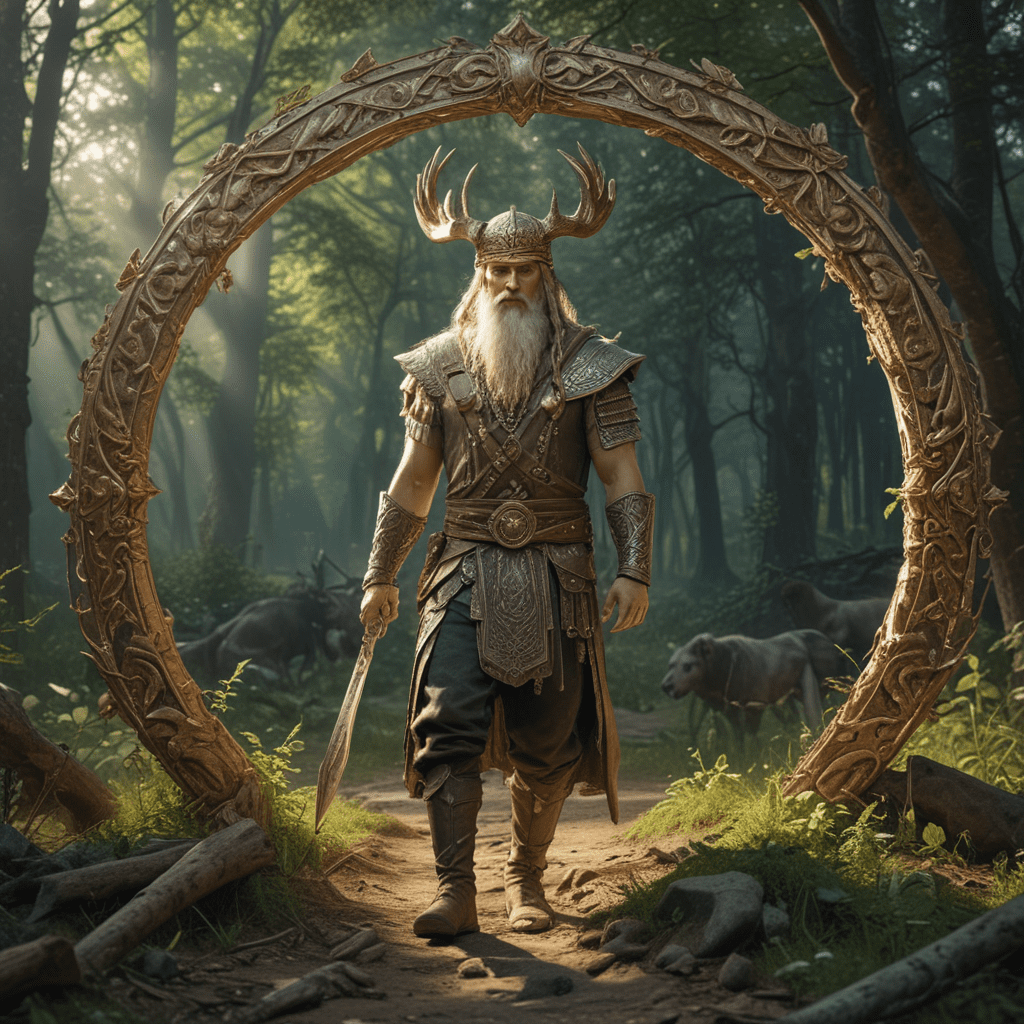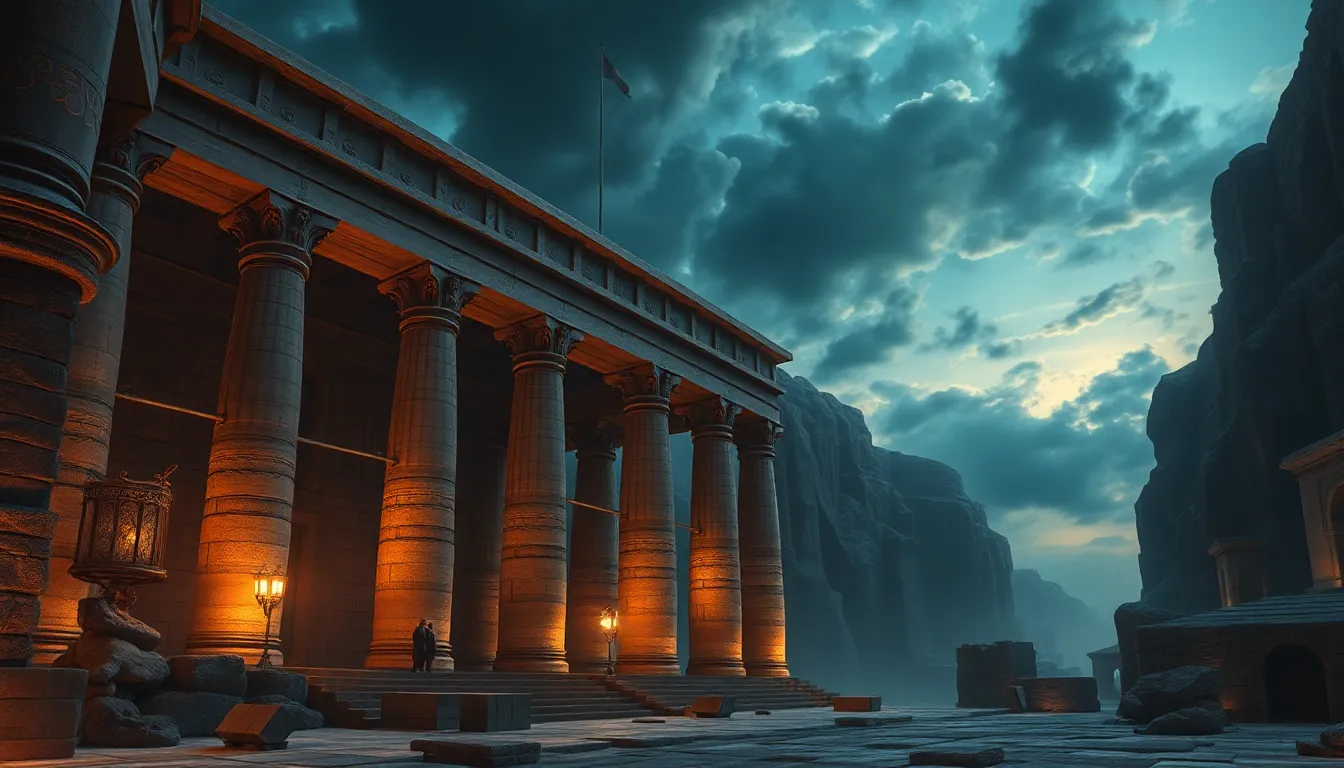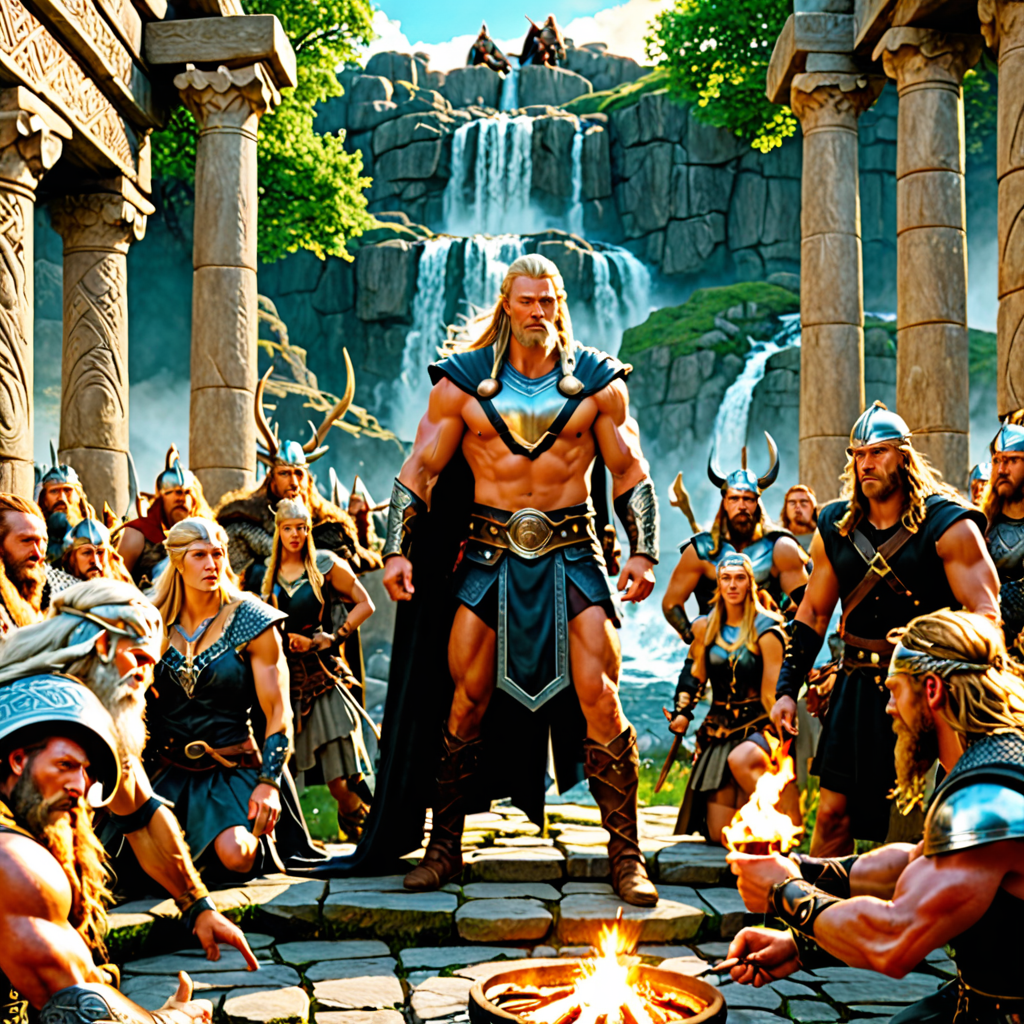Whispers of the Heart: Love Stories from Ancient Civilizations
Introduction: The Timeless Nature of Love
Love is a universal theme that transcends time and culture, interweaving itself into the very fabric of human existence. Across the ages, stories of love have emerged, reflecting the joys and sorrows, triumphs and tragedies that accompany this profound emotion. The significance of storytelling in preserving these narratives cannot be understated, as they offer glimpses into the values, beliefs, and aspirations of ancient civilizations. In this article, we explore some of the most poignant love stories from ancient cultures, illuminating how love has shaped human experiences throughout history.
Ancient Egypt: The Romance of Cleopatra and Mark Antony
The love affair between Cleopatra, the last Pharaoh of Egypt, and Mark Antony, a Roman general, is one of history’s most celebrated romances. Their relationship blossomed against a backdrop of political intrigue and power struggles during a tumultuous period in ancient history.
Historically, their union was more than just a romantic liaison; it was a strategic alliance that sought to strengthen both Egyptian and Roman interests. Cleopatra’s seduction of Antony was as much about love as it was about survival in a male-dominated political landscape.
- Cultural Significance: Their love story is steeped in cultural narratives that highlight themes of passion, betrayal, and the impact of personal relationships on political events.
- Artistic Representations: Countless works of art, literature, and theater have depicted their romance, notably Shakespeare’s play “Antony and Cleopatra,” which explores the depths of their love and the consequences of their choices.
Mesopotamia: The Epic of Gilgamesh and Enkidu’s Bond
In the ancient civilization of Mesopotamia, the “Epic of Gilgamesh” stands out as one of the earliest works of literature, presenting a unique exploration of love in the form of friendship. The bond between Gilgamesh, a demigod and king, and Enkidu, a wild man created by the gods, showcases a powerful connection that transcends the ordinary.
While their relationship is not romantic in the conventional sense, it embodies the themes of companionship, loyalty, and the profound sense of loss that accompanies death.
- Companionship and Loss: The narrative illustrates how love can manifest in various forms and the pain of losing a beloved friend.
- Influence on Literature: The themes of friendship and mortality explored in this epic have resonated throughout literary history, influencing countless authors in their depictions of love.
Classical Greece: The Myth of Orpheus and Eurydice
The myth of Orpheus and Eurydice is a poignant tale that encapsulates the essence of love and loss in Greek mythology. Orpheus, a gifted musician, falls deeply in love with Eurydice, but their happiness is short-lived when she tragically dies from a snake bite.
Orpheus’s journey to the underworld to retrieve his beloved illustrates the lengths one will go for love, emphasizing the enduring power of affection even in the face of death.
- Symbolism of the Journey: Orpheus’s descent into the underworld symbolizes the trials and tribulations of love, showcasing the emotional depths one can experience.
- Lessons on Love’s Tragedy: The story serves as a reminder of love’s fragility and the pain of separation, resonating with audiences through the ages.
Ancient Rome: The Passion of Dido and Aeneas
In Virgil’s “Aeneid,” the tragic love story of Dido, the Queen of Carthage, and Aeneas, a Trojan hero, unfolds amidst the backdrop of war and duty. Their passionate romance ultimately leads to heartbreak and sacrifice, as Aeneas is destined to fulfill his role in founding Rome.
Dido’s love for Aeneas is portrayed as both profound and destructive, highlighting the tension between personal desire and civic responsibility.
- Love and Betrayal: Dido’s sacrifice and subsequent despair reveal the complexities of love in times of conflict and the societal expectations placed upon individuals.
- Reflections on Duty: The duality of love and duty in this narrative continues to resonate in discussions surrounding the nature of romantic relationships.
The Indian Subcontinent: Love Stories in the Mahabharata
The “Mahabharata,” one of the longest epic poems in the world, is rich with love stories that explore the complexities of human relationships. One notable tale is that of Arjuna and Subhadra, whose love flourishes against the backdrop of family feuds and divine intervention.
These narratives serve not only as romantic tales but also as explorations of duty, dharma (righteousness), and the moral dilemmas faced by individuals.
- Philosophical Frameworks: Love in the “Mahabharata” is intertwined with broader philosophical themes, offering insights into the nature of desire and moral obligations.
- Modern Interpretations: These ancient stories continue to influence Indian culture and literature, reflecting the enduring nature of love across generations.
The Chinese Tradition: The Legend of Liang Shanbo and Zhu Yingtai (Butterfly Lovers)
The tragic love story of Liang Shanbo and Zhu Yingtai, often referred to as the “Butterfly Lovers,” is a cherished tale in Chinese culture. Set in the Eastern Jin dynasty, it tells the story of a young woman who disguises herself as a man to pursue her education and falls in love with her classmate, Liang Shanbo.
Their love is thwarted by societal expectations and familial obligations, leading to heart-wrenching tragedy.
- Symbolism of Transformation: The transformation of the lovers into butterflies symbolizes eternal love and the idea of rebirth, a recurring theme in Chinese literature.
- Cultural Influence: This poignant story has inspired countless adaptations in opera, films, and literature, celebrating the power of love even in the face of adversity.
Mesoamerican Love Tales: The Story of Popocatepetl and Iztaccihuatl
The love story of Popocatepetl and Iztaccihuatl is a significant narrative in Aztec mythology, illustrating themes of love, sacrifice, and the connection between nature and romance. According to legend, the warrior Popocatepetl fell in love with Iztaccihuatl, the daughter of a chief, but their love was tested by war and treachery.
After Iztaccihuatl tragically dies, Popocatepetl honors her memory by carrying her body to the mountains, where they are transformed into volcanoes, eternally watching over one another.
- Cultural Significance: This tale emphasizes the intertwining of love and sacrifice within Mesoamerican culture, reflecting deep reverence for nature.
- Legacy in Folklore: The story continues to resonate in modern Mexican folklore, symbolizing enduring love and devotion.
The African Diaspora: Love Stories in Ancient Nubia
In ancient Nubia, love stories were often conveyed through oral traditions, reflecting the rich cultural tapestry of the region. These narratives encapsulate themes of love, community, and the bonds that tie individuals together.
The exploration of Nubian love narratives reveals insights into societal values and the role of love in shaping identities.
- Oral Traditions: The oral storytelling tradition has played a crucial role in preserving Nubian love stories, ensuring their transmission across generations.
- Comparative Analysis: A study of Nubian love tales in relation to other ancient civilizations highlights both unique cultural expressions and shared human experiences of love.
Conclusion
The love stories of ancient civilizations provide a profound insight into the human experience, illustrating how love transcends time and cultural boundaries. Through these narratives, we find reflections of our own desires, struggles, and aspirations. The timeless nature of love continues to inspire and resonate, reminding us that, regardless of the era, love remains one of the most powerful forces in shaping our lives and histories.




